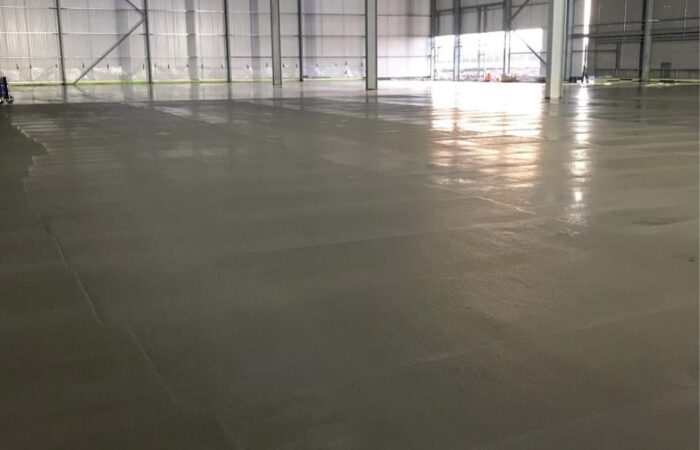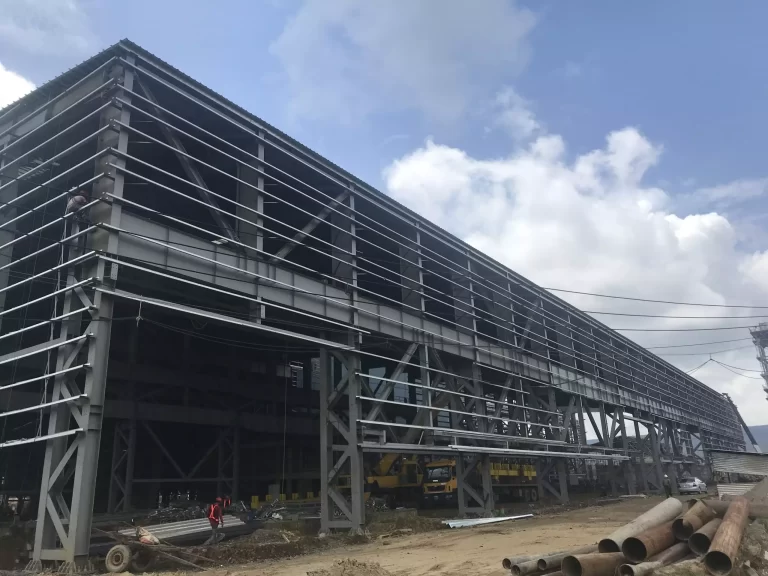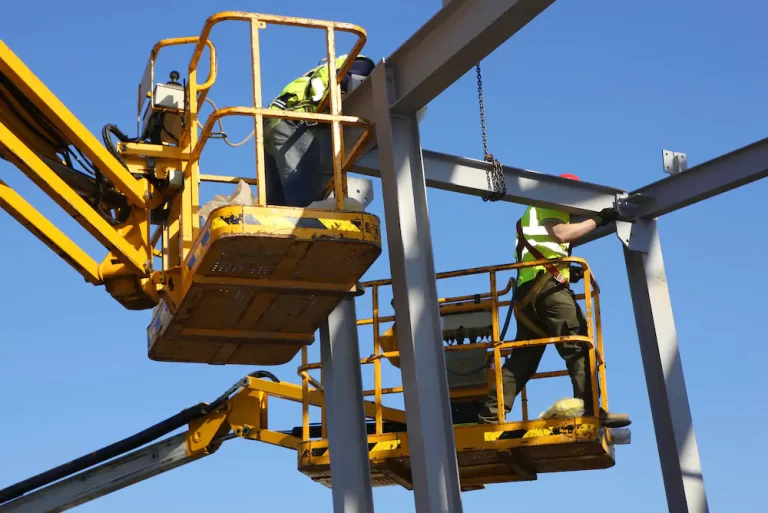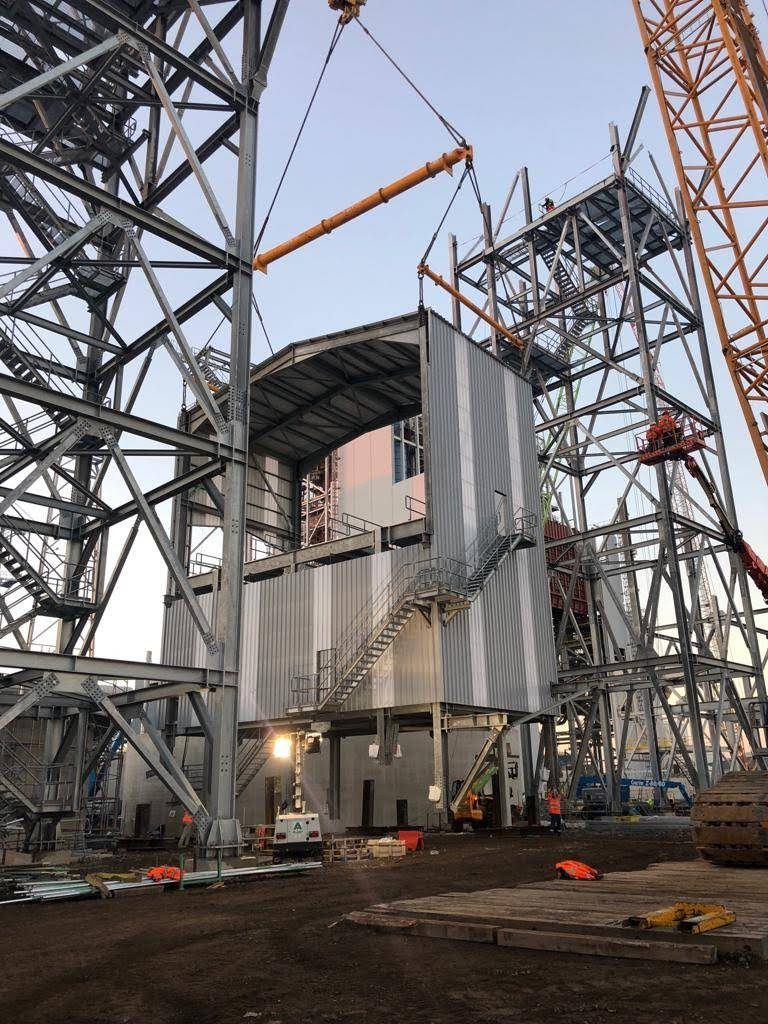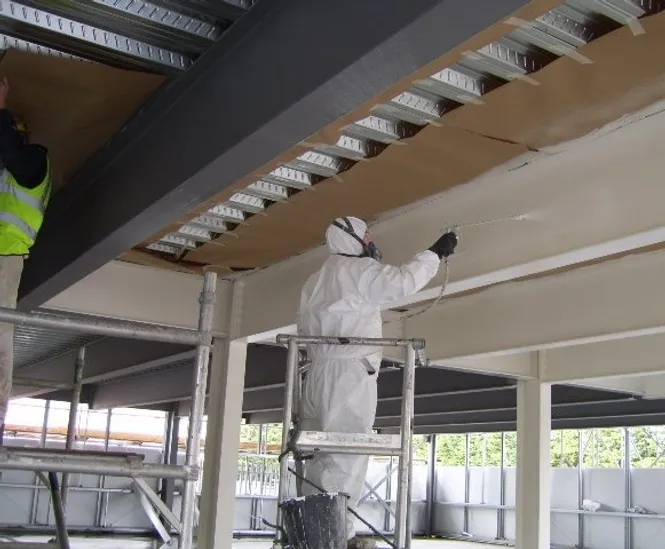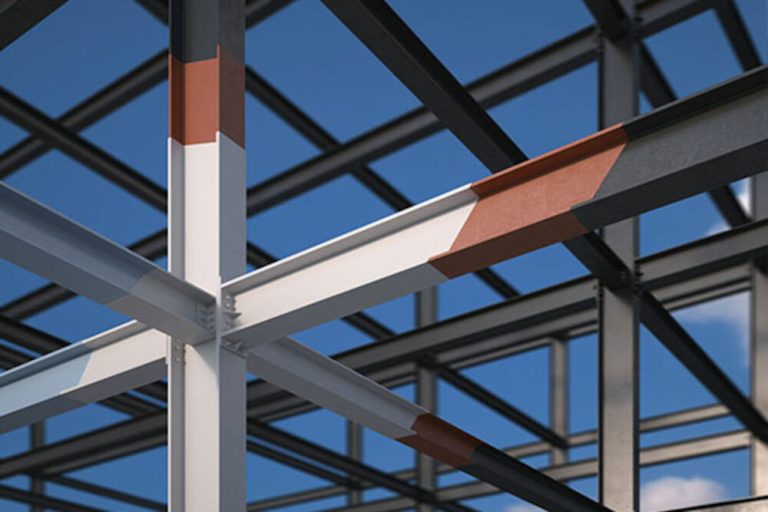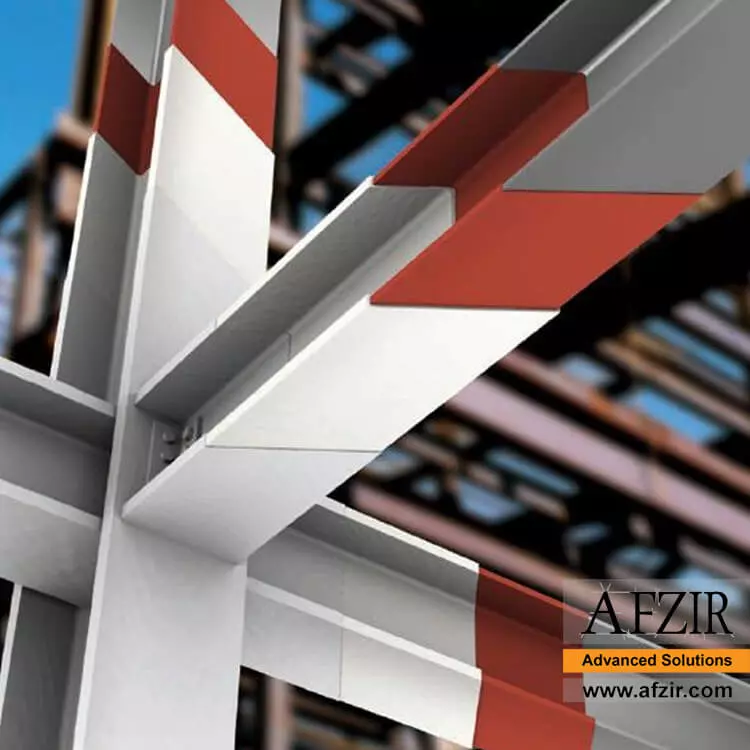Concrete is now also practical material for home interiors, where it may be finished as a flooring surface
by polishing, etching, or staining. For many years, utility rooms, garages, patios, and basements all had
flooring made of simple concrete slabs.
Suppose you are accustomed to thinking of concrete as apractical surface suitable only for utilitarian surfaces.
In that case, you may be surprised by the manyadvantages of concrete as a beautiful flooring material.
Concrete may be used to make some of the
most stunning and finest floors you have ever seen, even though they are not an aesthetic match for
every home. The lifespan of a properly built and maintained concrete floor can extend to the duration of
your residential or commercial ownership. There are a lot of other design alternatives as well and DTC
takes pride to offer all under one roof.
Below are some of the several concrete flooring types:
Concrete Mezzanine Floor Construction
The construction of concrete mezzanine floors is one of the toughest. However, it is a great option
because of its capacity to handle heavy loads and its low level of noise transmission through the deck. In
addition, concrete is generally employed in industrial and high-capacity military applications since the
mezzanine is permanent.
In-situ Concrete Floors
In-situ concrete suspended floors are made of reinforced concrete, the span between the supporting
parts of a building, and have the strength to sustain both their weight and any external stresses. Beams,
columns, or walls are frequently used as floor supports. It is possible to construct in-place suspended
flooring made of concrete that spans one or two directions between supports. Such floors can be built
with a soffit that is always flat. For example, a “waffle” or “trough” floor can be created using certain
molds to create an indented slab soffit.
Waffle Slabs
A waffle slab is a foundation and construction made of 80mm-thick reinforced concrete erected directly
on the ground. An inner beam that runs in either direction and a perimeter footing make up waffle slabs
(edge beam).
In-situ T-beam floors
These include simultaneously casting several parallels, reinforced T-beams with the slab, and creating a
monolithic structure with a ribbed soffit. The finished form may be lighter than a solid slab floor, but it
costs more since special steel or polypropylene molds are needed to make the right shape.
In-situ hollow block floors
These floors feature a flat soffit and are lighter than conventional solid slab floors. They are constructed
using a continuous T-beam structure supported by shuttering or temporary formwork and formed of
hollow clay or concrete blocks set end to end. A monolithic slab and T-beam construction are created by
pouring concrete over the framework after installing reinforcement in the spaces between the blocks. A
structural topping, or coating of concrete over the top level of the blocks, is created when concrete is
poured.
Precast Floors
Precast floors do not require wet-pour construction techniques such as shuttering. They provide an
accurate component constructed to precise tolerances and save significant time and labor on the job
site since they are produced in factories under controlled conditions. They become less expensive
because they also reduce waste. Precast floor options are many. However, they function better with
conventional plan shapes rather than unique ones.
Pre-stressed Concrete Floors
In order to balance the stresses imposed by loading, sections might be subjected to specific engineering
stresses using a structural material called pre-stressed concrete. It combines the great compressive
strength of concrete with the high tensile strength of steel.
Pre-tensioned Concrete Floors
Parts of a structure composed of pre-stressed concrete may be subjected to pre-engineered engineering
stresses in order to balance the stresses imposed by loading. It blends concrete’s great compressive
strength with steel’s strong tensile strength.

